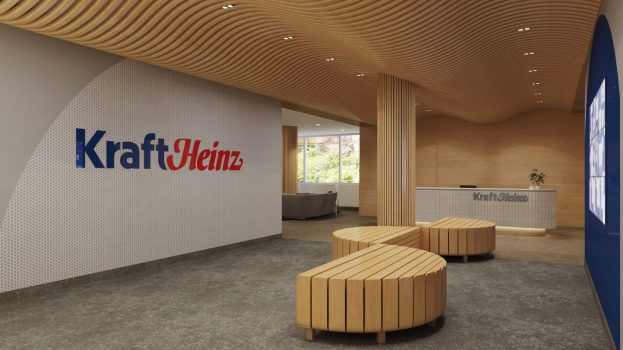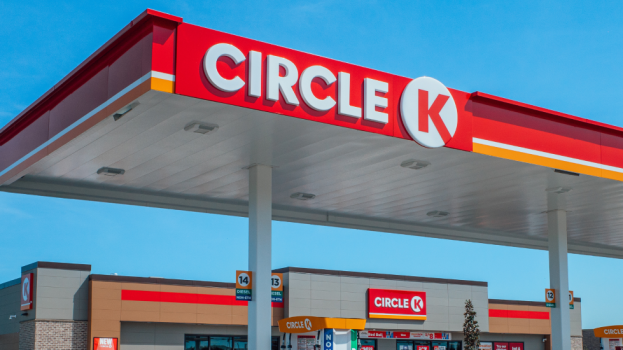Sport Chek and IKEA may be the more famous cases of retailers putting a screeching halt on production of their printed flyers and brochures. But Toys “R” Us Canada is worth looking at as an example of how reallocating trade spend (out of print and into digital) can deliver better returns when content is added to the mix.
So says Idan Driman, a former Holt Renfrew and Sears Canada marketer who arrived at Toys “R” Us Canada as the director of marketing just eight months ago. Since then Driman has been moving marketing dollars around, taking what would normally be spent on print production to create interactive digital digests on Flipp.
Flipp is a Toronto-based digital flyer co. that’s been in business since 2013 and has 15 million app downloads in Canada. It helps retailers migrate their printed flyers to its digital hub and is an amalgamation of circulars from 100-plus Canadian and U.S. retailers, which are usually uploaded to the app as a carbon-copy of their printed flyer.
But Toys “R” Us Canada has been, well, flipping the script on its partnership with Flipp.
Instead of taking its physical flyers and digitizing them, it adds dynamic inserts containing evergreen content. For instance, the retailer created a section for its Babies “R” Us banner that was dedicated to educating expectant mums on the differences between a wrap and a baby carrier. That content sits beside a selection of its most popular products in the category. The flyer or “guides,” as the toy company calls them, are akin to lifestyle magazines with editorial content that ranges from how-to videos (like how to strap a baby into a car seat) to listicles and curated checklists (like what to prep for the hospital).
Print flyers are static, fixed and costly to produce, says Driman, meaning “when you print a flyer you have to commit to prices and promotions a few months ahead [of time] because of production, but digital gives us flexibility and the data to bring personalization.” He says the guides are “always-on” and that the retailer can refresh content on a seasonal basis. “We can display content that can’t be displayed on print. We aren’t just selling products… we can tell a story. ”
Last year, Toys “R” Us Canada printed seven flyers that were given to shoppers as physical copies. Those were then uploaded to Flipp as static PDFs.
“But they were not mobile first and we invested so much in print production, it didn’t leave us with much expense on actual media. We had no video or dynamic visuals or elements. [This year] we shifted dollars to get more impressions,” explains Driman, saying that print production was at about two-thirds of the budget, with digital media getting only about a third in 2018. “We are now doing the flip of that. We spend less on production, because we spend on the right production for digital. The assets are much more enhanced. We are trying to guide a new parent and this enables us to do it in a better way.”
Because the experience has improved, and there is more for shoppers to interact with, engagement rates have naturally improved, says Driman. Now, people who visit the Toys “R” Us Canada Flipp flyer spend about 5% more time viewing the content than they did in 2018. The open rate is up 42%, while impressions are also up 67% year-over-year. Most importantly, the Flipp flyers are driving traffic to stores. The retailer tracked a 151% increase in store visits driven by the digital guides versus 2018, with nearly one in four people going to a Toys “R” Us Canada store after exploring the flyer.
“The notion in the past was to put as many products as you can on the digital flyer,” says Driman when asked about his biggest learning since migrating online. “We learned to put the customer first. Not just sell products. Take car seats for example: in the past, we put all the brands and models on the page, there were 50 different kinds. But we got better results when we showed only a few hero car seats, then pair it with content on how to choose the best one [for them]. It’s about having the right content and being there during the customer’s digital journey. Not the beginning or the end.”

























